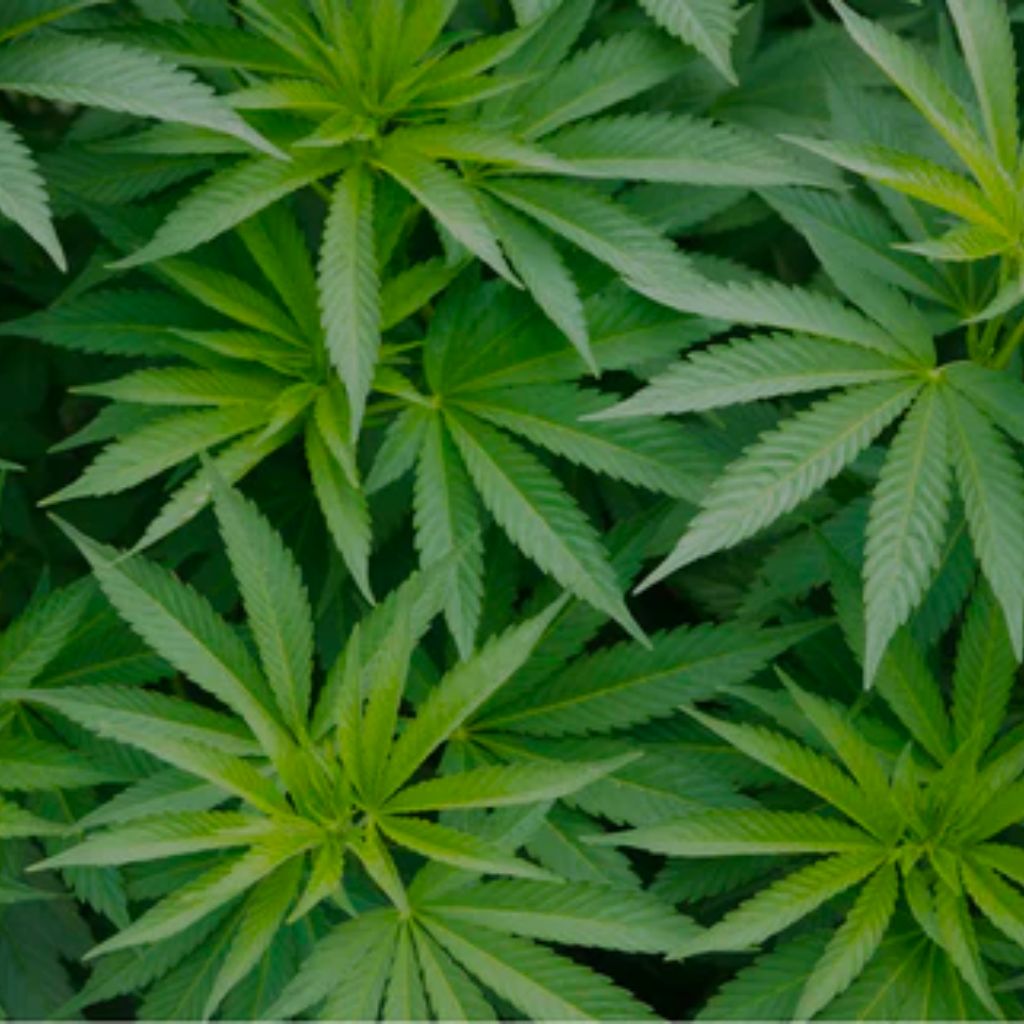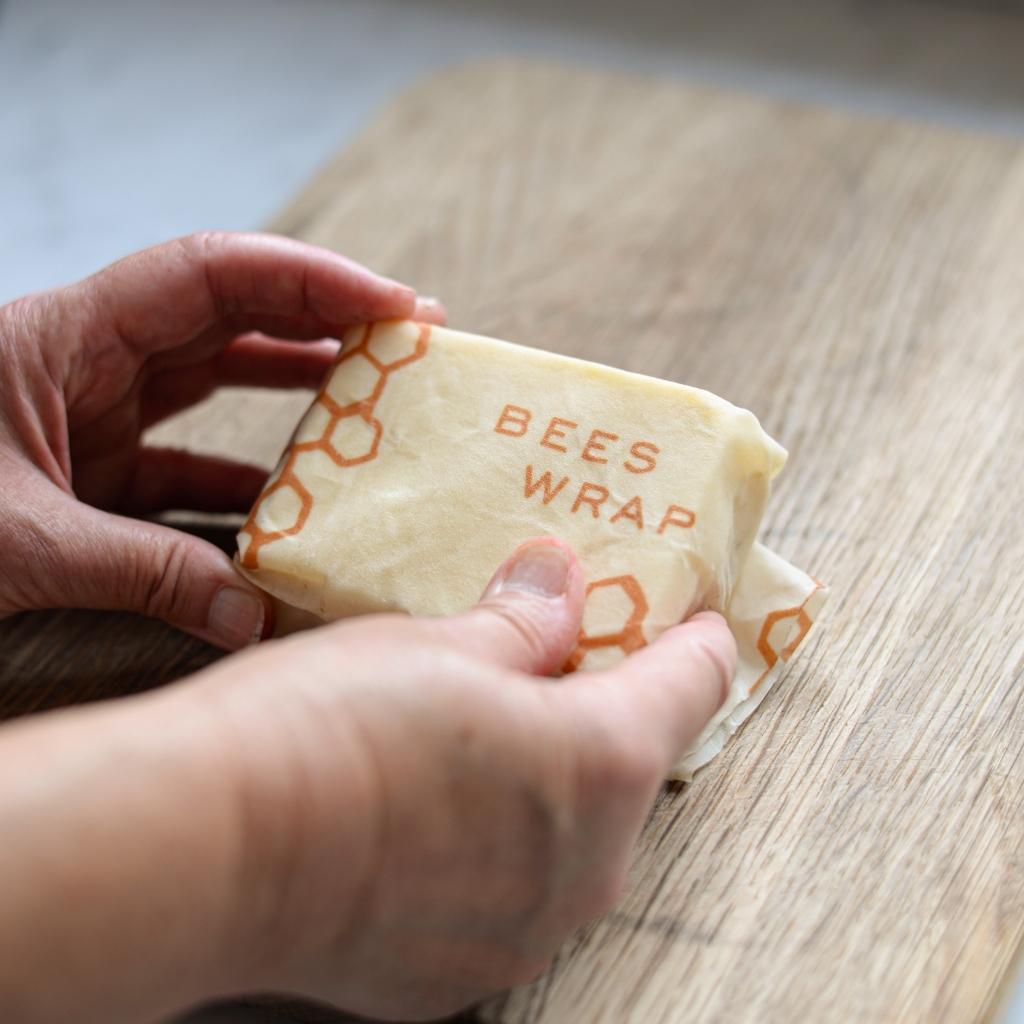Let’s Talk About Hemp!
Due to its recent popularity, it may seem like hemp is a brand new discovery spreading throughout the sustainability world. In reality, this funky green plant has been used for a long, long time. Evidence of hemp use dates back to 10,000 years ago, and has been found in rope, food, textiles, paper, medicine, and more. Despite having a long history, hemp has only recently found its way back into the American economy.
Why was hemp outlawed in the first place? Are hemp and marijuana the same? Why is hemp sustainable? Stick with us to learn why hemp is taking the American economy by storm.
The Elephant in the Room…
Hemp hasn’t always been stigmatized. From the weaving of the first American Flag to drafting the Declaration of Independence, hemp has played a deep-rooted part in our country’s history. Even Thomas Jefferson recognized that “hemp is of first necessity to the wealth and protection of the country.”

In the early 1900’s, hemp production was becoming easier and more efficient, and its benefits were gaining attention. Paper, petroleum, and pharmaceutical companies recognized the threat that hemp posed, and they started getting involved. Then in the 1930’s, the stories of “evil” marijuana began to spread, and hemp took a major hit.
Now, don’t get the two mixed up! Due to the similar leaf shape, hemp is often confused with marijuana. While they do have some familial connection (they’re both “cannabis” plants), hemp contains no THC (the active ingredient that leads to a “high” from marijuana). However, because of the visual similarities, the 1937 Marijuana Tax Act laid down the law–making it illegal to grow both hemp and marijuana.
After pushback in recent years, the 2014 Farm Bill finally allowed industrial farmers to start growing hemp again in states that choose to legalize hemp production. This breakthrough was the beginning of the end to the hemp-prohibition, and soon after, innovative hemp-based companies began sprouting across the country. This little plant is creating a big splash in both the American economy and in our progress towards sustainability.

Source: http://www.ncsl.org/research/agriculture-and-rural-development/state-industrial-hemp-statutes.aspx
How is Hemp Sustainable?
Less land, more crop
Not only does hemp grow in a variety of climates and soil types, it can also grow extremely close together. This means that less land is needed to produce more material–hemp can produce 250% more fiber than conventional cotton within the same amount of land! Plus, hemp grows super quickly, resulting in more yields per acre. The average tree takes about 10 years to grow to maturity, while hemp can take as little as 3 months to be ready to harvest. Economically and environmentally speaking; it’s a win-win; use up less land, and get more of a result, quicker.

Farmers Love It
When farmers plant hemp, they reap more than a great harvest. Hemp grows like a weed (no pun intended), and therefore it literally takes up so much sunlight that actual weeds hardly ever crop up. While it grows, it replenishes the soil with nitrogen and other nutrients, while removing toxic chemicals at the same time using a process called phyto-remediation. (Fun fact: Hemp was intentionally grown at the radioactive Chernobyl site to naturally remove toxins and pollutants from the Ukrainian soil and groundwater.)
Because of its ability to replenish the soil as it grows, farmers can plant hemp year after year. This makes for happy dirt, happy farmers, and a happy planet.
Au Natural
Because the hemp plant is so durable, it doesn’t need any pesticides or herbicides to help it out. This reduces farmers’ exposure to harmful chemicals, meaning it’s safe for you to wear, dogs to chew on, and kids to play with! Hemp naturally comes in a variety of colors, and can be dyed with nontoxic, soy based inks that hold color extremely well, reducing the need for chemical heavy inks and dyes.

Strong natural hemp material often lasts longer than cotton, but once a hemp product finally runs its course, it’s 100% biodegradable!
More Water for the Fishes
Conventional cotton is highly water intensive, requiring nearly 20,000 liters of water to produce just 1kg of cotton (that’s just one pair of jeans and a t-shirt). It takes less than HALF of that amount of water to produce the same amount of hemp. Hemp is an awesome alternative for areas that are experiencing water shortages. Some cotton-producing areas are running out of fresh water for the water-intensive crop!
United States of Hemp
So, hemp is great for our planet, but could it get any better? You bet– hemp is great for our economy as well.
Today, America imports most of its hemp seed and oil from China and Canada, despite the fact that hemp can grow easily in our own backyard (and does!). In 2011, America imported $11.5 million in hemp products, increasing imports each and every year to meet demand. With the laws against industrial hemp changing, along with increased education around hemp products, there is a huge window for our country to capitalize on this industry. Some estimate that the industrial hemp market could bring in $500 million per year, with the potential for even more growth as technology adapts.

What’s in it for you?
This new phase of hemp growth in the US has brought with it a ton of uses for the plant. Hemp seeds are a superfood, “hempcrete” provides a carbon-negative alternative to concrete, and hemp oil can even replace fossil fuels!
There’s a million and one ways to utilize the hemp plant in a sustainable way. One of the most common uses for hemp, however, is to create comfortable, durable fabric. Hemp one of the most high-quality, low-impact textiles on the market today. It’s naturally hypo-allergenic, bacteria-resistant, and anti-mildew, making it a great choice for sensitive skin. With a similar feel to linen, hemp is perfect for warm weather with its breathable, moisture wicking qualities. As a UV-resistant fabric, hemp will protect your skin from the sun all day long. Plus, it softens with each wash, becoming even more cozier each time you wear it.
Protect the planet, grow the economy, and treat yourself with hemp. Together, let’s break the stigma and bring hemp back strong.
Next up, How Sustainable is Bamboo?




